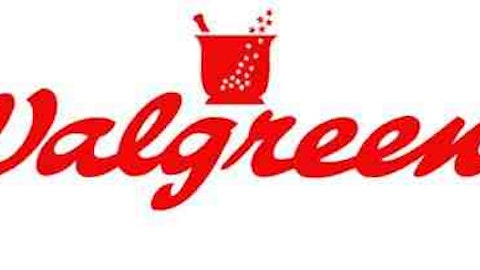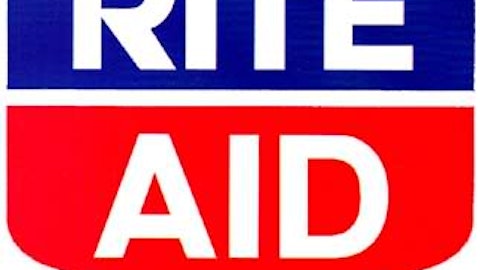Earlier this month, retail analyst Charles Grom of Sterne Agee initiated coverage on troubled department store operator J.C. Penney Company, Inc. (NYSE:JCP) with a buy rating and a $23 price target, which is about 30% above its recent trading range. Grom bases his valuation on a long-term view that J.C. Penney could generate EPS of $2 by 2017. That implies that J.C. Penney would more or less replicate its adjusted EPS of $2.16 from 2010, before the company’s recent turmoil.
Grom’s bullish call on J.C. Penney Company, Inc. (NYSE:JCP) is refreshingly courageous; most Wall Street analysts tend to be overly focused on short-term results, rather than long-term trends. By contrast, Grom is clearly focused on long-term opportunities at J.C. Penney, not short-term sales or profit results.
Unfortunately, even from a long-term perspective, there’s not much to like about J.C. Penney. The company was already under pressure before its missteps under Ron Johnson. The mid-price department store segment is not a great place to do business these days, as Sears Holdings Corporation (NASDAQ:SHLD) can attest. Moreover, J.C. Penney has taken on billions of dollars in new debt to fund its capital expenditures and operating losses, adding over $100 million of annual interest payments.
Regaining the $5 billion in sales that it has lost over the last six quarters could take more time than the company can spare, raising the likelihood of an eventual bankruptcy restructuring. As a result, investors should be very wary of this stock.
Transformation gone awry
Ron Johnson was hired two years ago in order to transform J.C. Penney Company, Inc. (NYSE:JCP) because the department store concept was going stale and financial results were starting to go sideways. In the last year of CEO Mike Ullman’s previous tenure — Ullman was recently brought back as CEO, just a year and a half after his ouster — the company posted a dismal 0.2% comparable-store sales gain.
The external environment has not improved since then, while J.C. Penney has gone into a tailspin; the company lost more than $1.5 billion before taxes last year. Moreover, J.C. Penney’s performance has continued to slide year to date. While analysts expect sales to improve and losses to narrow later this year, the company’s full-year loss will probably be similar to its 2012 results.
To regain its level of sales from 2010 — the last time the company earned more than $2 per share — J.C. Penney Company, Inc. (NYSE:JCP) will need to increase its revenue by 43% beyond its expected 2013 total. In order to accomplish that task by 2017, J.C. Penney would need to achieve a compound annual sales growth rate of more than 9%! Even the most successful department stores today are not growing that quickly.
To some observers, it appears that J.C. Penney Company, Inc. (NYSE:JCP) should be able to get back to $17 billion or $18 billion in annual sales, because the company “only” has to win back the customers it lost last year. In reality, J.C. Penney’s task is not so simple. Sears Holdings Corporation (NASDAQ:SHLD) has seen its domestic comparable-store sales sink every year for the past decade. Total revenue peaked at $53 billion in 2006, but has plunged to less than $40 billion last year.
Weak results in one year have not made it easier for Sears to “recapture” revenue in later years. While Sears lost 25% of its revenue over six years and J.C. Penney lost that much in just one year, the two situations are quite similar. Time has passed these retailers by, and it’s unrealistic to hope for more than modest sales growth going forward.
A short lease on life
J.C. Penney Company, Inc. (NYSE:JCP) recently closed on a $2.25 billion term loan with Goldman Sachs Group, Inc. (NYSE:GS). This gives the company much-needed liquidity, but longer term, this deal looks more likely to be an anchor than a solution for J.C. Penney. The loan will reportedly bear interest at LIBOR plus 5 percentage points, with a LIBOR floor of 5%. Thus, the interest rate will be a minimum of 6%, meaning that J.C. Penney will be on the hook for annual interest payments of $135 million.






